1. Asheville, North Carolina
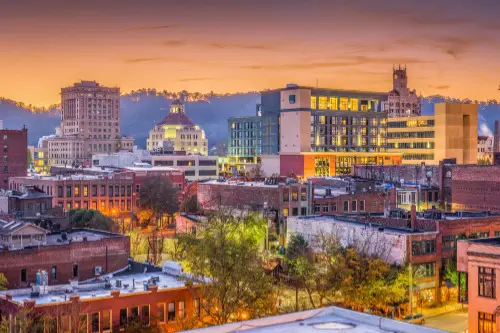
Asheville was once a quiet mountain retreat, but now, it’s overrun with tourists looking for craft beer and scenic hikes. Locals struggle to afford housing because short-term rentals have taken over, making it nearly impossible for workers to live near downtown. The Blue Ridge Parkway, once a peaceful escape, is clogged with out-of-towners looking for the perfect Instagram shot. Restaurants and breweries are packed every weekend, leaving residents with few places to enjoy their own city.
Outdoor enthusiasts also complain about the wear and tear on popular hiking trails, as too many visitors ignore “Leave No Trace” principles. The small-town charm that made Asheville special is fading under the weight of overcrowding and commercialization. Traffic is a nightmare, especially during peak tourist seasons, with visitors unfamiliar with mountain roads making things worse. Many locals wish people would come with more respect for the environment—or not come at all, according to Will McGough from Forbes.
2. Charleston, South Carolina
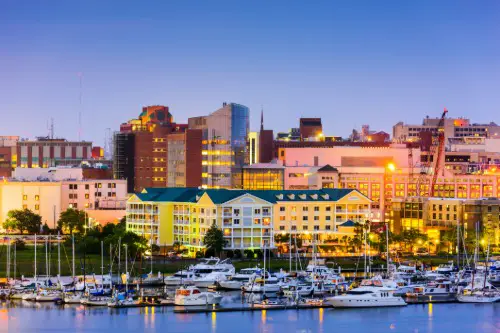
Charleston’s historic streets and pastel-colored homes have made it one of the most popular travel destinations in the U.S. But with that popularity comes a flood of tourists who clog the sidewalks, book up restaurants months in advance, and treat the city like a playground. Residents complain about an endless stream of guided tours, horse-drawn carriages causing traffic jams, and bachelorette parties taking over King Street. Vacation rentals have also pushed locals out of the city center, making it difficult for workers to find affordable housing.
The city’s flooding issues are getting worse, and overdevelopment isn’t helping, with luxury hotels replacing local businesses. Cruise ships bring in thousands of day-trippers, adding to the congestion without really benefiting the local economy. Preservationists worry that Charleston’s unique history is being overshadowed by tourist-driven commercialism. Many locals wish the city would focus on protecting its culture instead of constantly catering to visitors, according to Tory Lysik from Business Insider.
3. Sedona, Arizona
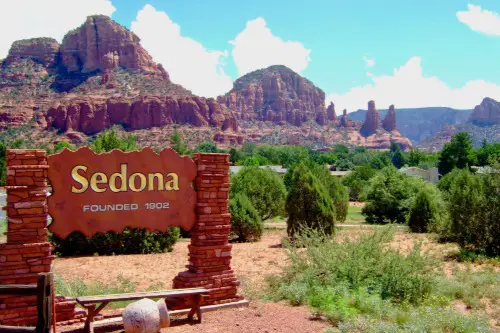
Sedona’s red rock landscapes and “energy vortexes” have turned it into a mecca for outdoor lovers and spiritual seekers. Unfortunately, the town’s popularity has led to overcrowded hiking trails, overflowing parking lots, and an increase in illegal camping that damages the fragile desert ecosystem. Traffic backs up for miles on scenic routes, making it difficult for locals to get around. Grocery stores and gas stations are packed with tourists who don’t realize they’re disrupting a small community.
Housing prices have also skyrocketed as short-term rentals take over, forcing many workers to commute from nearby towns. Locals say they’ve lost access to the quiet and natural beauty that made Sedona special in the first place, according to Stephanie Stephens from The Los Angeles Times. Some hiking trails have implemented permit systems to control the crowds, but the impact of tourism is still overwhelming. Many residents wish visitors would be more mindful of their effect on the environment and local way of life.
4. Honolulu, Hawaii
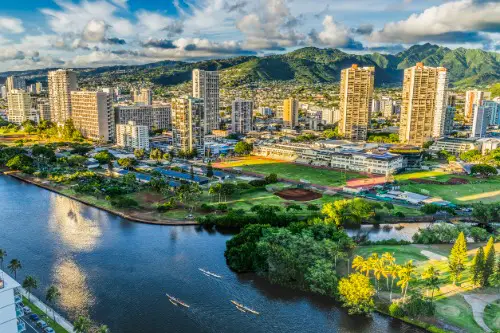
Honolulu is paradise for visitors, but for many locals, it’s become an unsustainable tourist trap. Native Hawaiians have long protested the overdevelopment of the islands, arguing that tourism is draining natural resources and driving up the cost of living. Traffic on Oahu is unbearable, with rental cars clogging roads and making daily commutes miserable. Many residents feel like their culture is being commodified, as tourists treat sacred sites as backdrops for selfies, according to Pooja Shah from Business Insider.
Beach overcrowding has also become a major issue, with once-serene spots now packed with people ignoring local etiquette. The rising cost of housing, fueled by demand for vacation rentals, has pushed many lifelong residents off the island. While tourism is a major part of Hawaii’s economy, many locals want visitors to educate themselves about the islands instead of treating them like a theme park. Respect for Hawaiian culture, land, and people is all they ask—but many say they rarely get it.
5. Moab, Utah
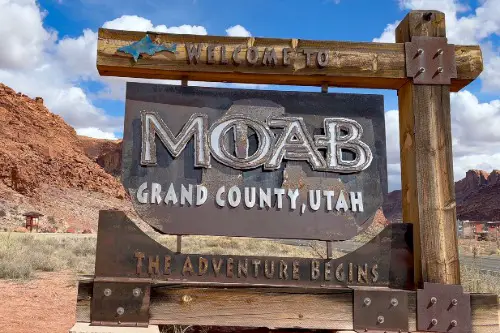
Moab’s breathtaking red rock landscapes have drawn in so many visitors that the town is struggling to handle the influx, according to Kevin Walker from The Times-Independent. Once a quiet desert retreat, Moab is now filled with Jeeps, ATVs, and mountain bikes tearing up fragile trails. Locals are frustrated by skyrocketing rents, as short-term vacation rentals dominate the housing market. Traffic congestion has become unbearable, with lines of cars stretching for miles just to enter Arches National Park.
Many long-time residents feel like they’ve lost their peaceful community to an endless stream of adventure-seekers. The town’s infrastructure is being pushed to its limits, with water shortages and waste management issues worsening each year. Some areas have had to limit access to reduce environmental damage, but enforcement remains a challenge. Locals wish people would appreciate the land without destroying it—but unfortunately, too many visitors don’t seem to care.
6. Key West, Florida
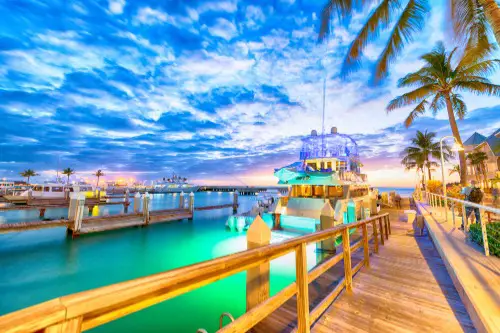
Key West’s tropical vibes and party atmosphere have made it a top destination, but locals are exhausted by the never-ending crowds. Cruise ships dump thousands of visitors onto the island daily, overwhelming small businesses and causing massive congestion. Short-term rentals have taken over residential neighborhoods, making it nearly impossible for workers to afford housing. The once-laid-back town has become a non-stop tourist circus, with bars packed every night and streets littered with drunken vacationers.
Environmental issues have also worsened, as coral reefs suffer from pollution and careless snorkeling tours. Local fishermen complain that over-tourism is disrupting the delicate marine ecosystem that once sustained the island’s economy. Many residents feel like Key West has lost its authenticity, becoming more of a tourist trap than a real community. Some are even calling for stricter tourism regulations to protect what’s left of the island’s charm.
7. Lake Tahoe, California/Nevada
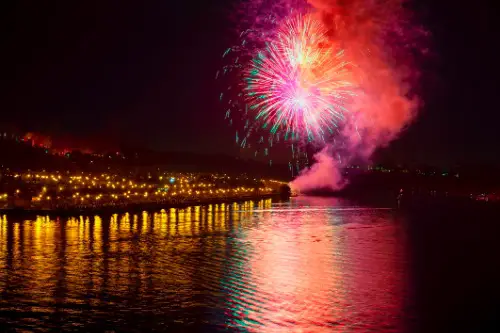
Lake Tahoe’s crystal-clear waters and stunning mountain views have long drawn tourists, but locals say enough is enough. Overcrowding has led to massive traffic jams, with visitors clogging up the roads and leaving behind mountains of trash. Short-term rentals have made housing unaffordable, forcing many workers to commute from hours away. Once-tranquil beaches are now packed, and illegal parking has become a constant headache.
The environmental impact is devastating, with pollution and human waste threatening the lake’s pristine waters. Ski resorts and hiking trails are overwhelmed, leading to more restrictions just to manage the crowds. Many locals feel that their beloved outdoor paradise is being loved to death. Visitors who don’t respect the land—leaving trash, feeding wildlife, and ignoring local rules—are making it even worse.
8. New Orleans, Louisiana
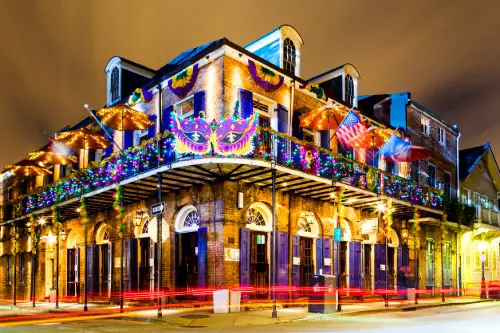
New Orleans has always been a magnet for tourists, but the sheer number of visitors is pushing the city to its limits. The French Quarter is constantly packed with partygoers, making it nearly impossible for locals to go about their daily lives. Short-term rentals have driven up housing prices, forcing many lifelong residents out of their neighborhoods. The noise, trash, and general rowdiness have made some areas feel more like a 24/7 festival than a functioning community.
Beyond the partying, over-tourism has put a strain on the city’s infrastructure, with streets crumbling under the weight of constant traffic. Local businesses catering to residents are disappearing, replaced by gift shops and overpriced tourist traps. Many New Orleanians feel like their culture is being watered down and sold as a novelty rather than respected as a way of life. While tourism is essential to the city’s economy, locals are desperate for a balance that allows them to actually enjoy their own home.
9. Portland, Oregon
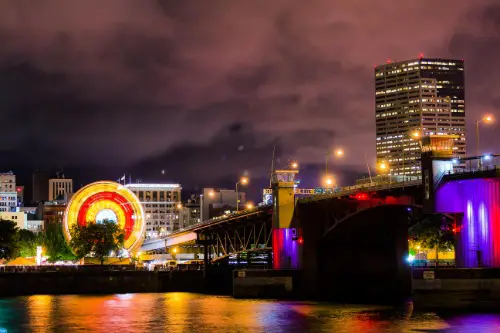
Portland’s quirky, artsy reputation has made it a hot spot for visitors looking to experience its food, coffee, and outdoor scene. But with that popularity has come an influx of tourists who treat the city like their personal playground, crowding up its most beloved spots. The housing crisis has worsened, as short-term rentals take over neighborhoods and drive up rent. Even simple things like getting a table at a favorite brunch spot have become impossible, with visitors booking out restaurants weeks in advance.
The natural areas surrounding the city, like the Columbia River Gorge and Forest Park, are suffering from overuse and litter left behind by careless hikers. Many locals feel like Portland’s unique, laid-back charm is being eroded as the city bends over backward to accommodate tourists. Traffic congestion, increased homelessness, and rising costs are all problems that residents blame in part on the city’s unchecked growth. While Portlanders love sharing their home with visitors, they wish people would stop treating it like a trend and start respecting it as a real place.
10. Santa Fe, New Mexico
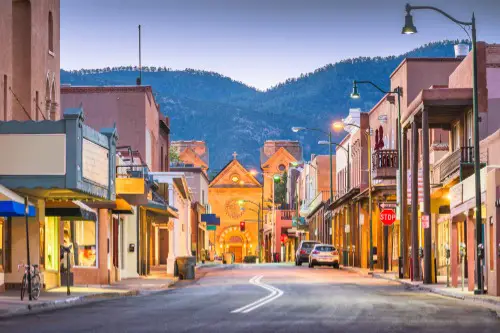
Santa Fe’s rich history, art scene, and adobe architecture have long made it a tourist favorite, but locals are starting to feel the strain. The influx of visitors has made the city less affordable, with short-term rentals pricing out long-time residents. The historic Plaza, once a peaceful gathering spot, is now filled with souvenir shops and crowds snapping photos. Many residents feel like Santa Fe is losing its authenticity as more and more spaces cater exclusively to tourists.
Beyond the city, the surrounding desert and hiking trails are suffering from overuse, with increased foot traffic damaging fragile ecosystems. Traffic congestion has become an issue in a city that wasn’t designed for this level of tourism. Locals complain that restaurants and galleries that once catered to them now prioritize out-of-town visitors willing to spend more. While Santa Fe thrives on tourism, many believe it needs to be more sustainable before the city loses what made it special in the first place.
11. Bar Harbor, Maine
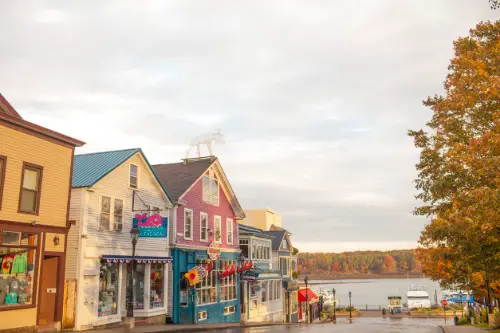
Bar Harbor is the gateway to Acadia National Park, and that means a never-ending flood of tourists descending on the tiny town every year. The streets are constantly packed with visitors, making it difficult for locals to do even basic errands. Parking is a nightmare, with tourists clogging up residential areas and ignoring local regulations. Short-term rentals have driven up home prices, making it nearly impossible for workers to live near their jobs.
Acadia itself is struggling under the weight of over-tourism, with trails and natural areas suffering from overcrowding and environmental damage. Local fishermen complain that increased boat traffic is disrupting marine life and harming their livelihoods. Many residents feel like their town has become a revolving door of visitors rather than a real community. While they appreciate the economic boost from tourism, they wish people would be more mindful of their impact on the town and its fragile ecosystem.
12. Nashville, Tennessee
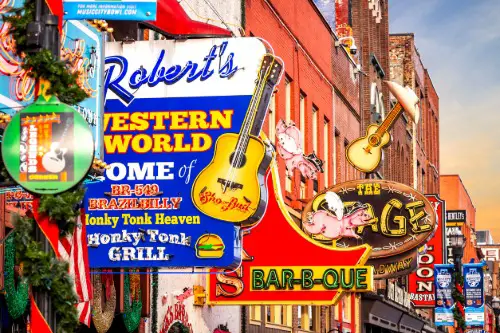
Nashville’s booming tourism industry has transformed the city into a non-stop party, but many locals are over it. Broadway is packed with bachelor and bachelorette parties, pedal taverns, and massive crowds, making it nearly impossible for residents to enjoy their own city. Short-term rentals have skyrocketed, pushing long-time residents out of their neighborhoods in favor of Airbnbs catering to weekend visitors. Even basic things like grocery shopping or commuting have become frustrating due to the constant influx of tourists.
The city’s music scene, once a tight-knit community, has also changed, with more focus on commercialized country bars than local artists. Many Nashvillians feel like their home has turned into a giant theme park, with little regard for the people who actually live there. Noise complaints are common, as party buses blare music late into the night, making it difficult for residents to get any peace. While tourism is a huge part of Nashville’s economy, many locals are wishing for a little less chaos and a little more respect for the city they love.


